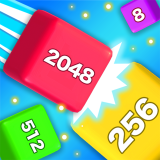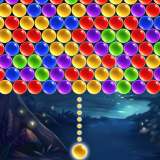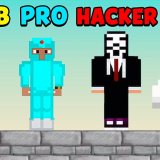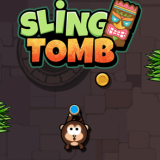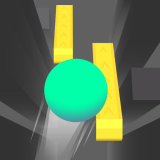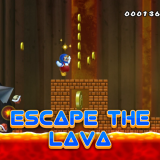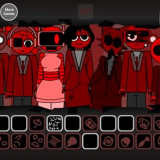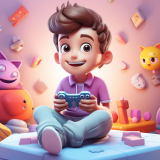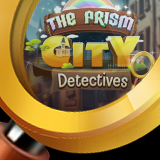Okay, let's talk about Activision. Not just the name, but what it means for the future of game development. Specifically, I'm hearing whispers – well, more like a roar – about their adoption of generative AI for asset creation in the upcoming Black Ops 7. I know, I know, AI this, AI that... but hold on, because this isn't your typical 'AI replaces artists' doom-and-gloom story. This is… potentially… something different.
See, I initially pictured rows of emotionless robots churning out generic Call of Duty textures. But actually, that's not quite right. The buzz is all about empowerment. Empowering the existing team, not replacing them. It's about giving artists new tools, new capabilities. Think of it less like Skynet and more like… well, a really powerful Photoshop plugin. Or maybe even a whole new way of approaching game design.
The Generative AI Revolution at Activision
So what exactly is generative AI in this context? Glad you asked. It's basically AI that can create new content – textures, models, even entire environments – based on a set of instructions or examples. Imagine telling the AI, "I need a realistic-looking war-torn street, but with a slightly futuristic vibe," and it spits out a dozen different options in minutes. Sounds crazy, right?
Here's the thing: artists still need to guide the AI, refine the results, and make sure everything fits the overall vision of the game. It's not a magic bullet. It's more of a collaborative partner. The frustrating thing about all this hype is that many fail to acknowledge AI's current constraints. It is more of a tool than a replacement, but to what extent, remains to be seen.
Enhanced Team Empowerment: The Key to Black Ops 7?
The real selling point, at least according to Activision, is that this technology frees up artists to focus on the really creative stuff. Think character design, storytelling, and pushing the boundaries of visual fidelity. All the tedious, repetitive tasks can be offloaded to the AI, allowing the human artists to shine.
But there's more to it than just efficiency. Consider the possibilities for iteration. What if an artist wants to experiment with a dozen different weapon designs, or explore radically different architectural styles for a level? With generative AI, they can do that in a fraction of the time it would normally take. Think about it this way: AI-Generative models are now a collaborator and a catalyst for creativity.
I remember when procedural generation was all the rage. It promised to revolutionize game development by automatically creating vast, intricate worlds. And while it had some success, it often resulted in environments that felt generic and lifeless. The problem was a lack of artistic direction. Generative AI, on the other hand, allows artists to maintain control while still leveraging the power of automation.
Will It Actually Work?
Okay, here's where I get a little skeptical. Because let's be real, Activision has a history of making big promises. And not all of them pan out. There's always a risk that this generative AI thing will be overhyped or poorly implemented. Or worse, that it will lead to job losses down the line, despite what they're saying now. I've got to admit, this part does bother me. But, the optimist in me wants to believe that this time it's different. That Activision is genuinely committed to using AI to empower its artists, not replace them. I am hopeful that this tool will enable individuals to create more immersive experiences. By providing a way to speed up content creation, individual developers can work on games without the constraints of large teams.
But here's something even more interesting. What happens when players start using these tools themselves? Imagine a future where you can customize your weapons, your characters, even entire levels, using AI. That would be insane! It will be really interesting to see how the community adopts this potential technology.
Think about this in the context of modding – mods are an integral part of gaming history, and the idea of AI being used to generate and further add to mods is exciting. Actually, on the topic of interesting mods, check out this article about Halo combat evolved: Halo Combat Evolved Remake.
Ultimately, the success of this initiative will depend on how well Activision integrates the technology into its existing workflows, and how effectively it trains its artists to use it. And, of course, on whether the resulting game is actually any good. But regardless of what happens with Black Ops 7, this is a significant moment in the history of game development. The AI revolution is here, and it's only going to get more interesting from here on out.
FAQ: Gen-AI and Activision's Black Ops 7
How is Activision using Gen-AI exactly?
They're primarily focusing on using generative AI to speed up asset creation – things like textures, models, and environments. The goal is to free up artists to focus on more creative tasks, like character design and storytelling. It's meant to be a tool to enhance their work, not replace them entirely. Hopefully!
Won't this lead to a drop in artistic quality?
That's the big question, isn't it? It could, if the AI is used carelessly or if artists aren't properly trained to guide it. But the idea is that by offloading repetitive tasks to the AI, artists can spend more time refining the overall look and feel of the game, actually improving the quality. Only time will tell, though.
How does Activision plan to handle potential job displacement?
Activision claims that the goal is not to reduce headcount, but rather to empower existing artists and make them more productive. They're emphasizing that the AI is a tool to augment human creativity, not a replacement for it. We'll see if this statement holds true long-term.
Will this impact the cost of future Call of Duty games?
Potentially, yes. If generative AI significantly reduces the time and resources required to create game assets, it could lead to lower development costs in the long run. Whether those savings are passed on to consumers is another question entirely.
- First important point about the content
- Second point with detailed explanation
- Another noteworthy detail
- Final concluding thought













